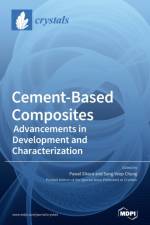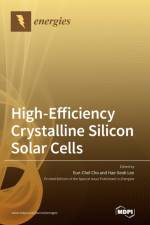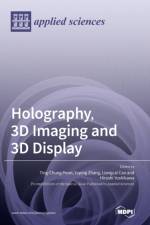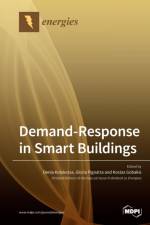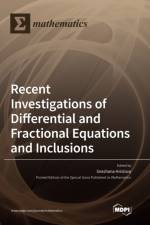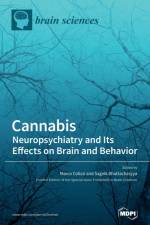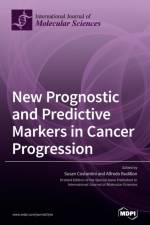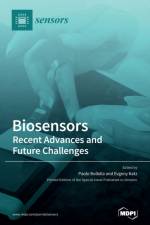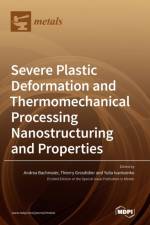1 615
In recent years, people have tended to adjust the degree of order/disorder to explore new materials. The degree of order/disorder can be measured by entropy, and it can be divided into two parts: topological disordering and chemical disordering. The former mainly refers to order in the spatial configuration, e.g., amorphous alloys which show short-range ordering but without long-range ordering, while the latter mainly refers to the order in the chemical occupancy, that is to say, the components can replace each other, and typical representatives are high-entropy alloy (HEAs). HEAs, in sharp contrast to traditional alloys based on one or two principal elements, have one striking characteristic: their unusually high entropy of mixing. They have not received much noticed until the review paper entitled "Microstructure and Properties of High-Entropy Alloys" was published in 2014 in the journal of Progress in Materials Science. Numerous reports have shown they exhibit five recognized performance characteristics, namely, strength-plasticity trade-off breaking, irradiation tolerance, corrosion resistance, high-impact toughness within a wider temperature range, and high thermal stability. So far, the development of HEAs has gone through three main stages: 1. Quinary equal-atomic single-phase solid solution alloys; 2. Quaternary or quinary non-equal-atomic multiphase alloys; 3. Medium-entropy alloys, high-entropy fibers, high-entropy films, lightweight HEAs, etc. Nowadays, more in-depth research on high-entropy alloys is urgently needed.





